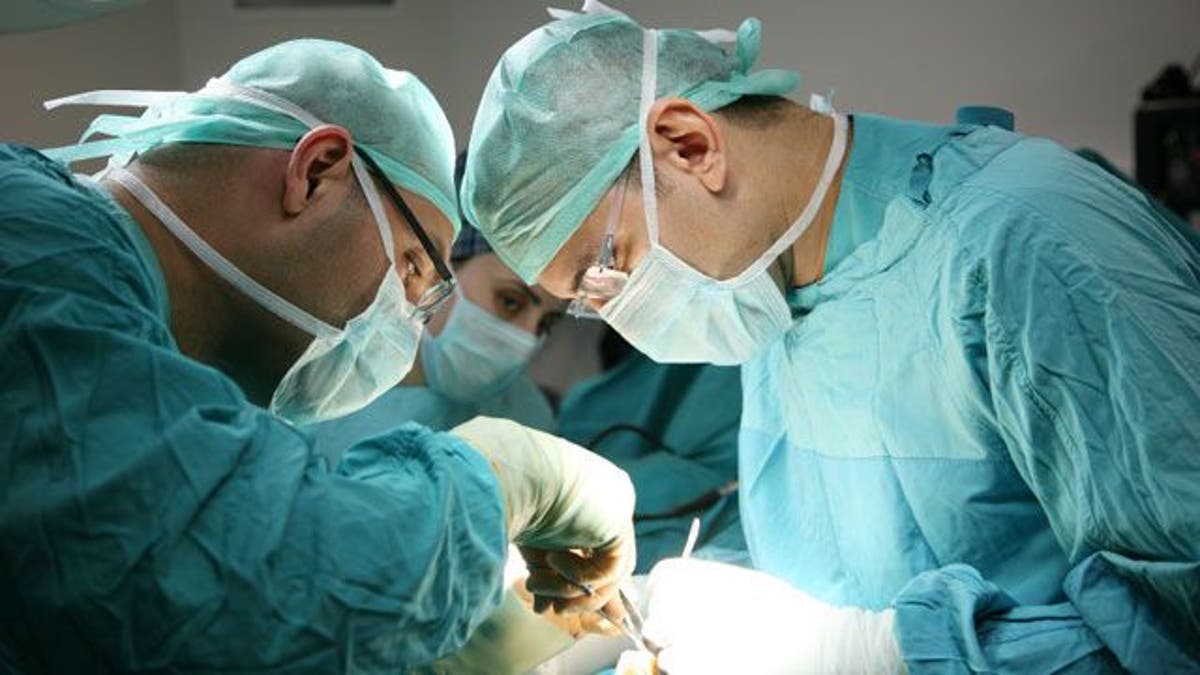
In a recent interview with People, Modern Family star Ariel Winter called her breast reduction surgery last year “an instant weight lifted off my chest—both literally and figuratively.” The 18-year-old actress, who went from a 32F to a 34D, added that “there’s a confidence you find when you finally feel right in your body.” (That awesome swagger was on display at the SAG Awards in January when she proudly embraced her surgery scars.)
RELATED: 15 Things That Can Happen After a Breast Reduction
Winter is hardly alone, as more and more women are choosing to reduce their cup size. Between 1997 and 2013, the number of breast reductions rose by 157 percent, according the American Society for Aesthetic Plastic Surgery.
“I think the trend is a result of the fact that people are becoming more informed as to what their options are,” said plastic surgeon Dr. Daniel Maman, an assistant clinical professor of surgery at the Mount Sinai School of Medicine in New York City.
Below, he recommends four things women should think about before getting a breast reduction. The next step, he says, would be to set up a consultation with a plastic surgeon to discuss whether the operation is right for you.
The physical pain of having large breasts
Carrying extra weight on your chest can cause significant discomfort. Ariel Winter said the physical pain is what ultimately led her to choose surgery. Typically felt in the lower back, neck, and shoulders, and even as headaches, that discomfort can have a ripple effect into other areas of a woman’s life. A study published in 2013 found that patients who underwent breast reduction surgery not only experienced less pain, but also a significant improvement in the quality of their sleep and their ability to exercise.
RELATED: 10 Sports Bras for Women with Big Busts
The effect of your size on your self-esteem
“Oftentimes women [I see] are just very self-conscious about their breasts,” Maman said. “They feel like they are unable to wear certain types of clothes that they like to wear.”
Indeed, Winter talked about how it felt to be bullied about her appearance online: “I’d just be wearing something anyone else could wear, but I’d read comments saying, ‘She dresses inappropriately.'” Large breasts tend to attract a lot of unwanted attention, which may help explain why so many women who get reductions are typically happy with the outcome. In a 2012 study, one year out from their surgery, 80 percent of patients rated their results as “good” or “very good.”
The fact that you may not get the breasts you really want
Every body is different, Maman points out, and the “perfect” breasts you’re picturing may not be realistic on your frame. After the surgery, your boobs will not only be smaller, they may also be a different shape, and in a different position on your chest. Before you go under the knife, it’s really important to get a very clear picture from your surgeon of how your breasts will change, Maman said.
“A lot of times what I will see is a patient comes in and they have really large breasts with loose skin and large areolas that point towards the floor and then show me a picture of a breast of an 18-year-old girl with very small perky breasts,” he explained. “That’s just not achievable.”
RELATED: What the Perfect Breast Looks Like, According to Men and Women
The cost and recovery
Breast reduction surgery is an expensive procedure, though your insurance may cover it if it’s performed to relieve medical symptoms. The recovery time can take anywhere from two to six weeks. Another factor to weigh: If your nipples are removed from your breast, and you’re planning to have a baby in the future, you won’t be able to breastfeed. Even if your nipples remain attached through the surgery, you may still have some difficulty. However, it may not be as bad as you’d think. A study done at McGill University found that a woman’s odds of being able to nurse after the procedure were about the same as those of other moms.
